Hurricanes are devastating tropical storms that cause widespread damages to the cities and states around them. Over the past 20 years alone, hurricanes have consistently caused hundreds of billions of dollars in damages and have cumulatively led to thousands of casualties. It’s not always easy for citizens to evacuate within only a few days’ notice or even less than that. Even if civilians can escape the projected area of effect for a hurricane’s attack, their homes, places of work, and the rest of their communities are torn asunder by an unforgiving and unstoppable force. Community and governmental organizations work hard to provide financial and medical relief to the victims of hurricanes, but it’s not always enough.
Most recently in the United States, during September and October of this year, hurricanes Helene and Milton have caused extensive damage. Helene, which formed on September 24th and lasted until the 29th, has been reported as the most deadly hurricane since the impact of hurricane Katrina years ago in 2005. Helene was primarily a category 4 hurricane, which is the penultimate level of intensity defined by size and speed. Helene’s trajectory went through Florida, Georgia, North Carolina, South Carolina, Virginia, Tennessee, and Alabama. The death toll has been reported to be at least 230, but hundreds of citizens still remain unaccounted for. President Joe Biden addressed the tragedy via a video message, stating that FEMA, the Federal Emergency Management Agency, is working diligently to give surviving families what they need to recuperate in the coming months. Biden also states that “FEMA is knocking on doors to sign up survivors for direct and immediate financial aid, because many of them need it now…”. Many citizens in need can only hope that FEMA is able to do their job adequately.
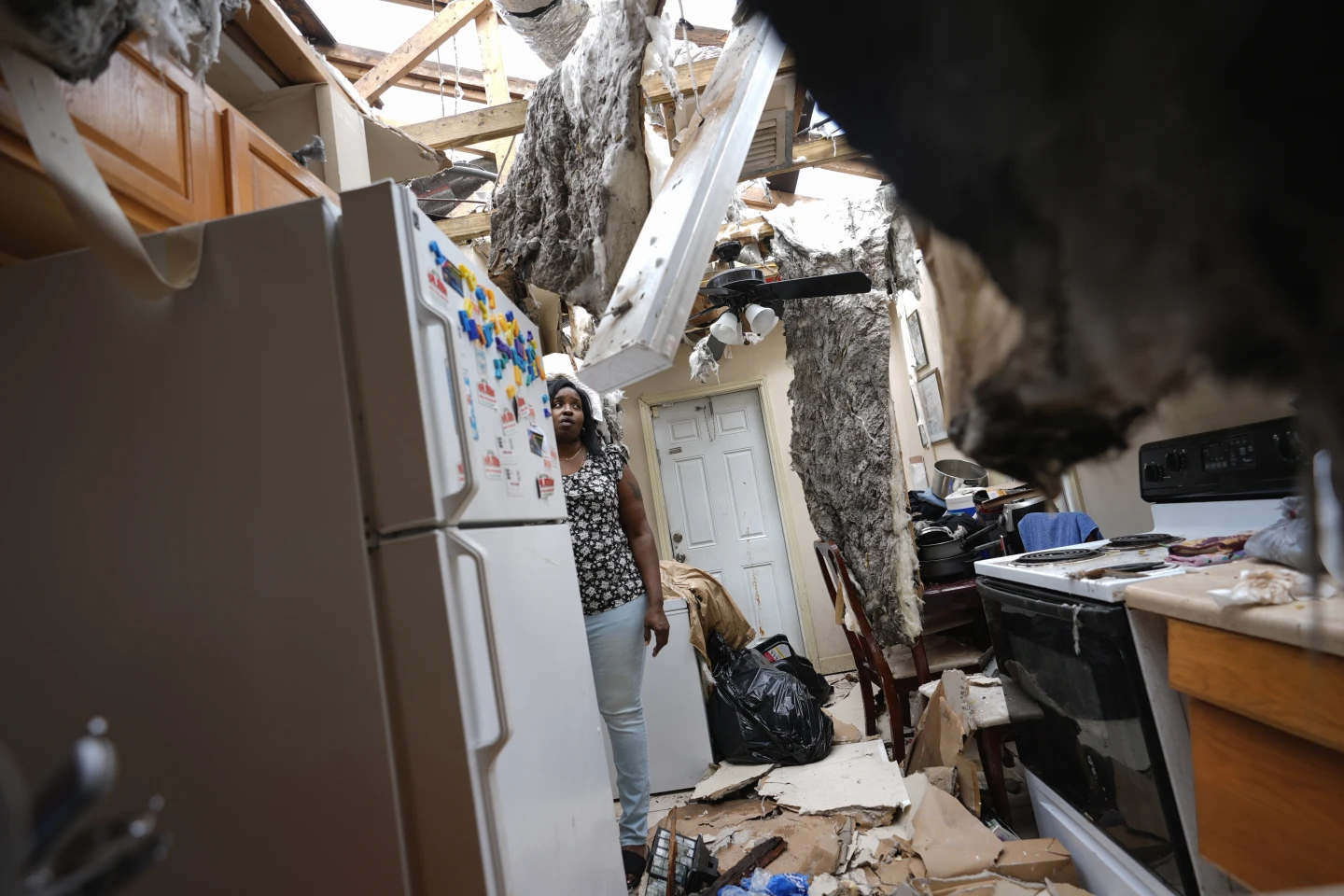
Milton was already starting to form amidst the terror of Helene, with clear signs appearing to meteorologists as soon as September 25th. Milton took some time to swell both during and after Helene’s rampage and became a full-fledged storm, gaining its name on October 5th. Thankfully for some citizens, Milton wasn’t as deadly and destructive as Helene. Its trajectory was more linear in comparison to Helene, whereas Milton flowed across the Gulf of Mexico and also impacted some of Florida, traversing from west to east. Florida governor Ron Desantis views the outlook of recovery from both Helene and Milton optimistically, claiming that the state had avoided the “worst-case scenario”. Still, he cautioned that the damage was still significant and flooding remained a concern. As with Helene, FEMA wasted no time in deploying not only financial and medical aid, but also active patrols via helicopter to search for any survivors and reduce the number of those who are unaccounted for. The federal government works around the clock to provide aid, but you yourself may feel inclined to help in some way. The big question is: How?
You can personally make an impact on the recovery from Helene and Milton by donating to charities or food banks with food and money. It’s also not hard to spread the word for fundraisers and donation centers by posting on social media or simply spreading the word with your friends and family.
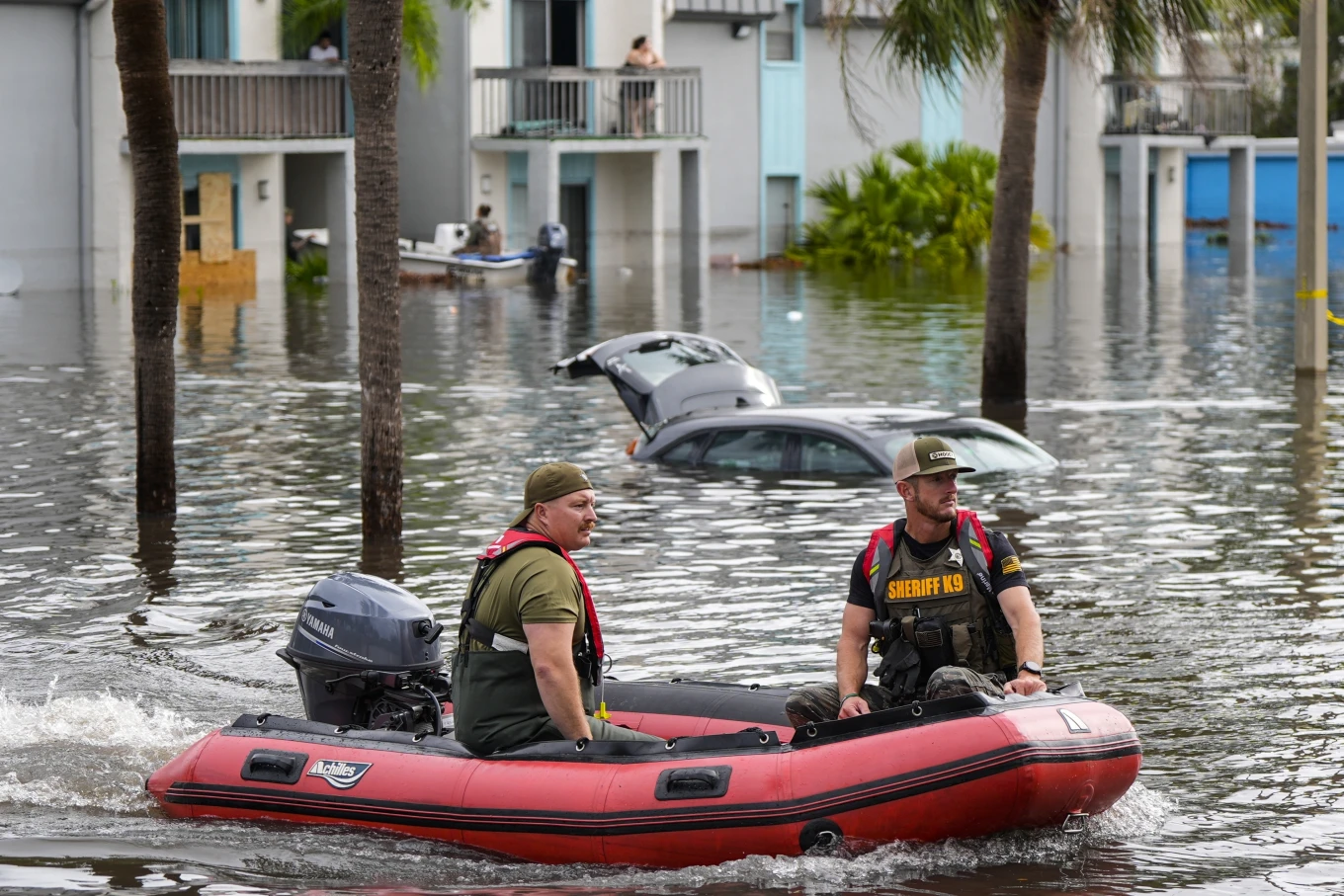
Over the past 6 weeks, the Hurricanes Helene and Milton have both been devastating to the southeastern United States. Helene stormed through multiple states and Milton surfed along the Gulf of Mexico, to the dismay of thousands of civilians and billions of dollars in damages. As dire as the situation seems for those in Florida, Georgia, North Carolina, South Carolina, Virginia, Tennessee, and Alabama, we can rest assured knowing that our government and our fellow citizens are working diligently and around the clock to reconnect families, financially reimburse them, and rebuild what was so abruptly lost.
References:
Reuters
AP News
ABC News
USA.gov
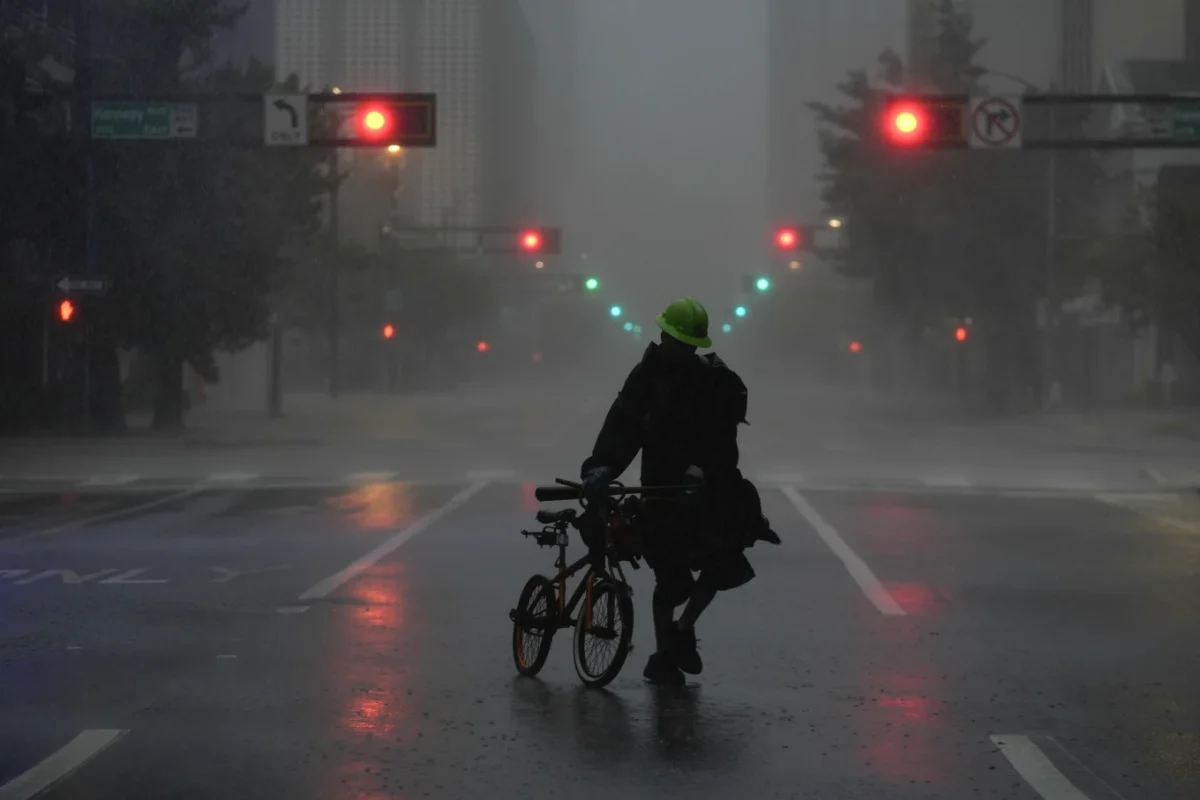


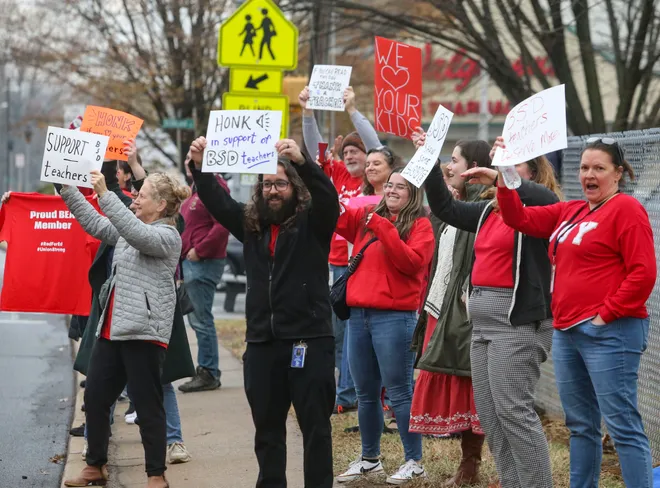
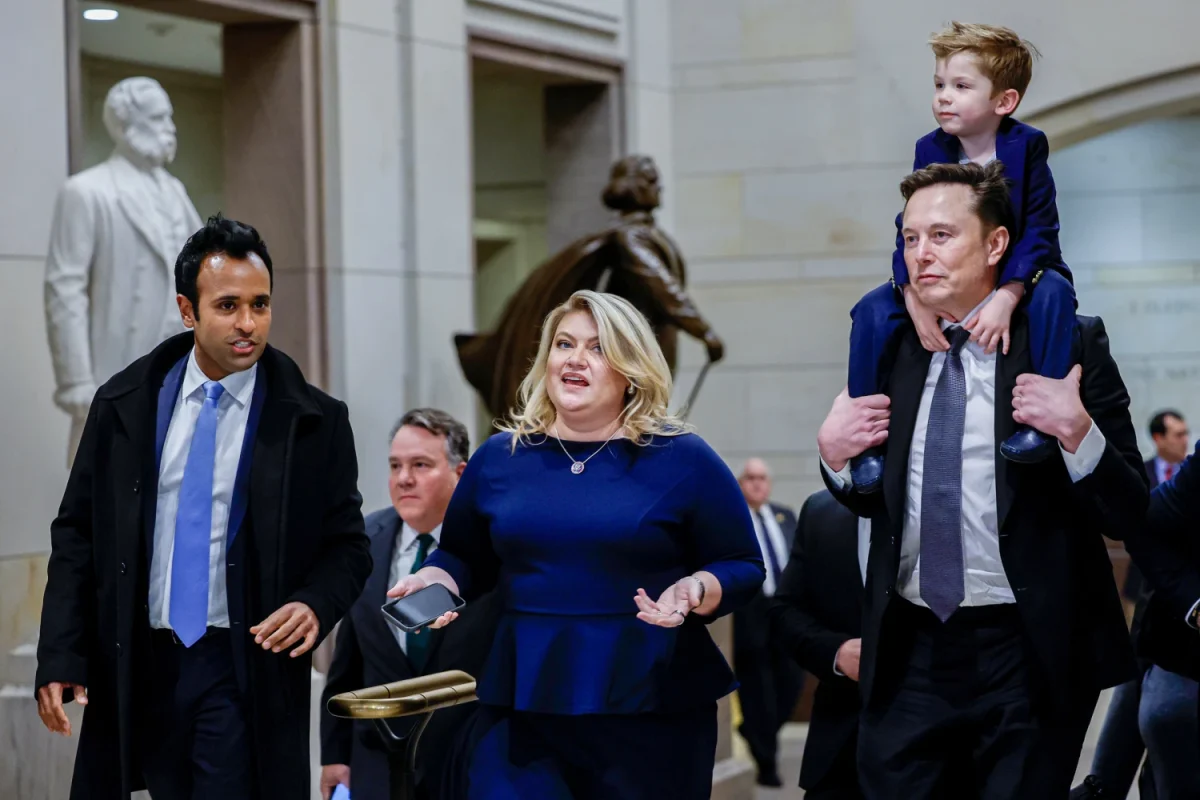


Jaimeare Rainey • Oct 27, 2024 at 7:19 pm
great article